
The bucket hat. It’s the humble head covering that, though seldom flatters few, is worn with the utmost of confidence by many. It’s the hat that has resurfaced into fashionable people’s rotation as of late and has graced the heads of everyone from Madison Beer and Emma Chamberlain to Adam Sandler.
But before Chamberlain was accessorizing the bucket hat with her favorite cold brew tumbler and the Sandman was styling it with his finest basketball shorts, the bucket hat — or kova tembel, as it’s called by Israelis — was worn by halutzim, Jews who immigrated to Palestine especially in the years after World War I to work the land and create Jewish settlements.
Let’s unpack the surprising origin story of this ubiquitous Israeli symbol.
Shop the Tembel Bucket Hat at the Unpacked Store
The origins of the Israeli bucket hat
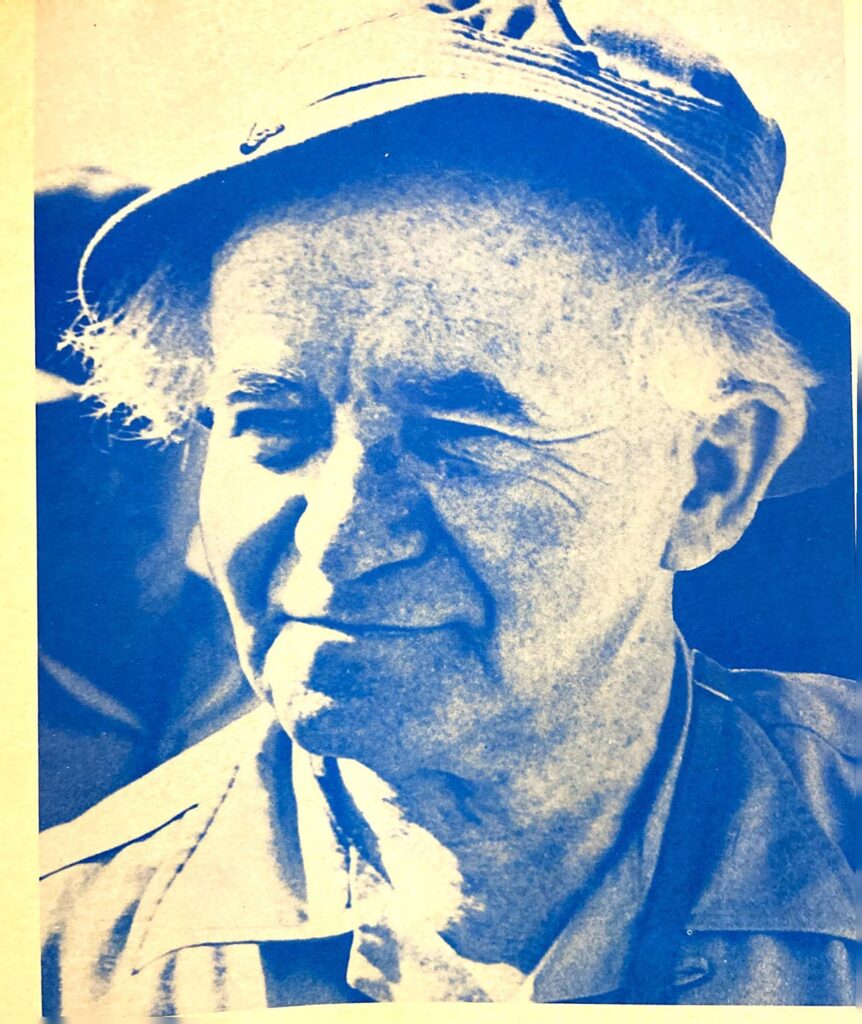
The exact roots of the kova tembel (literal translation: dunce cap) are still up in the air. In Hebrew slang, tembel literally translates to fool, silly or stupid, and kova means hat.
In a chicken-and-egg situation, it’s unclear whether the hat was named after the slang term or the slang term after the hat.
One theory is that this hat was worn by the Christian Templars movement that was active in Palestine at the end of the 19th and beginning of the 20th centuries. According to this theory, the hat was initially called “Templars’ hat,” but it was changed to “tembel hat” by the Arabs, as they could not pronounce the “P” and the correct vowels.
Dropping the hat into history
Beginning in the early 1900s, Jews were making their way to Palestine as part of the Second Aliyah. These pioneers were determined to throw off the shrouds that cloaked their old, oppressive lives and start anew, personifying the “new Jew,” physically and mentally strong, confident and assertive.
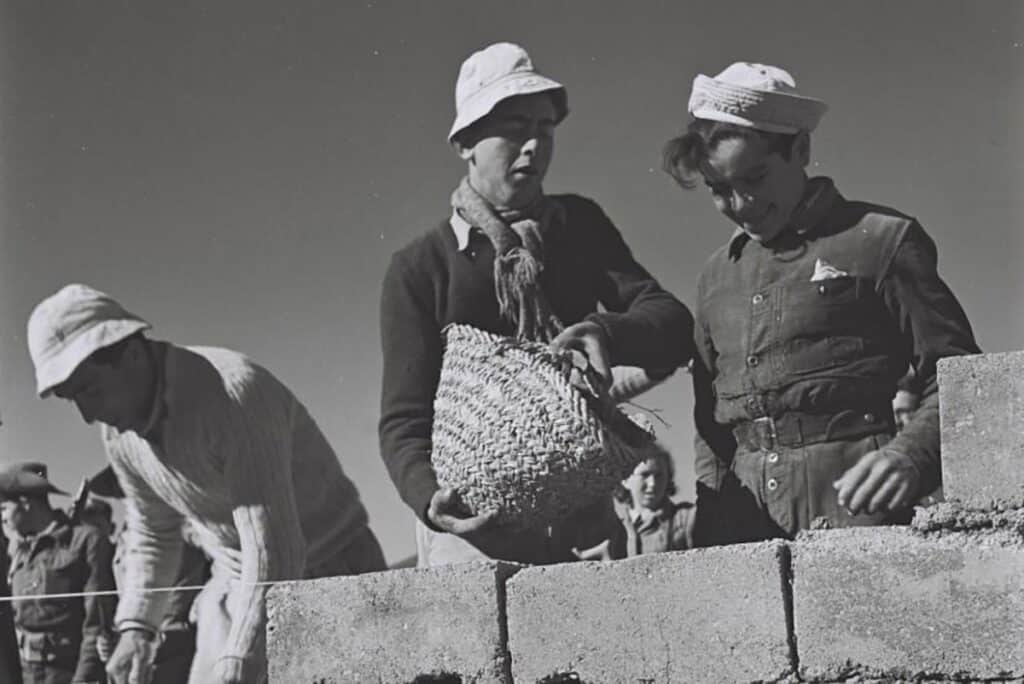
Gone were the heavy coats, shmatas and waistcoats. Instead, these starry-eyed Zionists proudly donned buttoned-down shirts, khaki work shorts and bucket hats to shield them from the scorching desert sun.
ATA: The original manufacturer of the Israeli bucket hat
One cannot talk about the Israeli bucket hat without mentioning ATA — the brand that manufactured it. Founded by Czech-Jewish immigrant Erich Moller as a textile factory and brand, ATA stands for Arigei Totzeret Artzeinu, or “Fabrics Produced in Our Land.”
In 1934, the company began mass-producing its headgear, cementing it as a staple of the early settler/kibbutznik uniform.
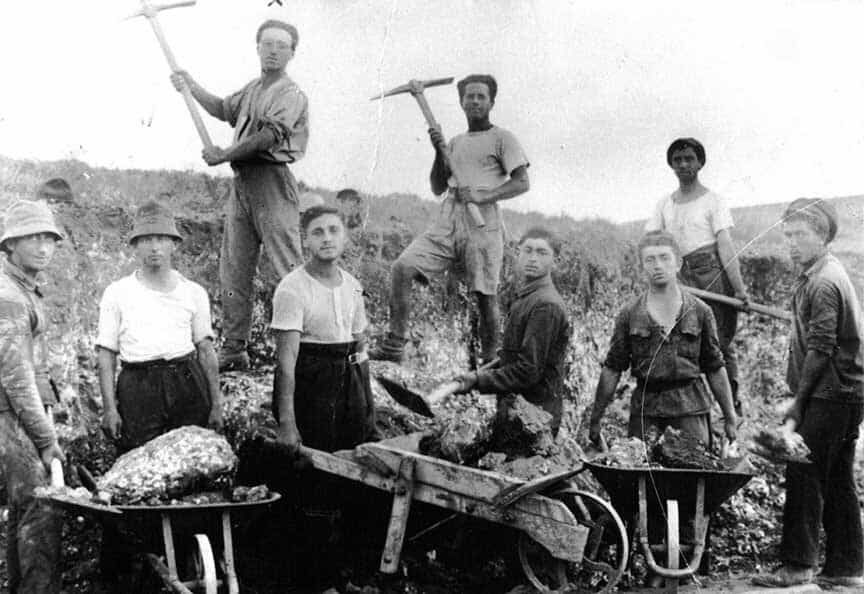
The bucket hat became the epitome of Israeliness and synonymous with the Sabra, representing an idealistic, utopian vision of egalitarianism and unity. A faded hat was seen as a mark of distinction, indicating how hard the person had toiled outdoors to cultivate the land.
During the economic austerity of 1950s Israel, when citizens of the nascent country had to stand in ration lines for basic necessities, ATA became a key supplier through the national austerity plan, providing clothing to civilians using rationing coupons exclusively at ATA shops.
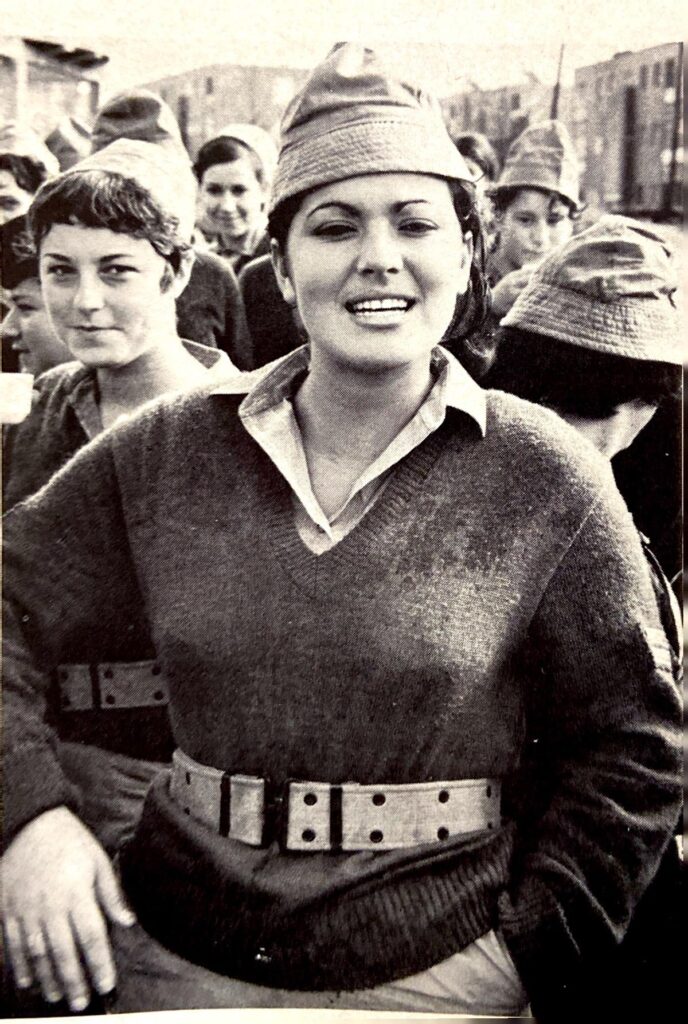
Despite Israel’s economic challenges, ATA thrived, with its products selling well domestically and reaching an export income of around $1 million by 1954. When the austerity period ended in 1959 and new fashion trends emerged, ATA did not immediately adopt the new trends. However, purchasing ATA continued to be a cultural rite of passage for every new oleh, or immigrant.
The Israeli bucket hat today and ATA’s legacy
Failing to keep up with the tastes of the ever-changing Israeli public, coupled with the death of the original factory manager and internal financial reforms, ATA saw sales decline and was handed off between various investors for the next 15 years, culminating in the selling of the company and shuttering of its factory in 1984.
After gathering dust in the sartorial storage bin of history for decades, today, the bucket hat is enjoying unabating popularity. Vogue has even dubbed it the trend that isn’t going anywhere.

In 2016, the Eretz Israel Museum featured an exhibition on ATA’s history. During a visit there, Israeli restaurateur and businessman Shahar Segal became inspired by the symbol of Israel’s early culture and decided to purchase the brand.
The curator of this exhibit, Monica Lavi, was quoted as saying, “To close ATA was like to close the Army. ATA was a symbol of the Israeli workers, of socialism, of the Israeli aesthetic that is very minimalist. You can see it everywhere: you can see it in the architecture of Tel Aviv, everything must be simple, clean, not very colorful, very humble.”
A year later, ATA’s bucket hat was featured in the MoMa’s “Items: Is Fashion Modern?” exhibition as one of 111 accessories, garments and other wearables that had a profound effect on society over the last century. The display included other iconic items such as Chanel №5 perfume, Air Force Ones, the yarmulke and the fanny pack.
Today, ATA has four locations in Israel and a beautifully curated website that ships internationally. Though their assortment has gotten an update, with slippers, throw pillows and bracelets now available, they definitely have not forsaken their roots with utilitarian jumpsuits, jackets and khakis still featured prominently in their stores and online.
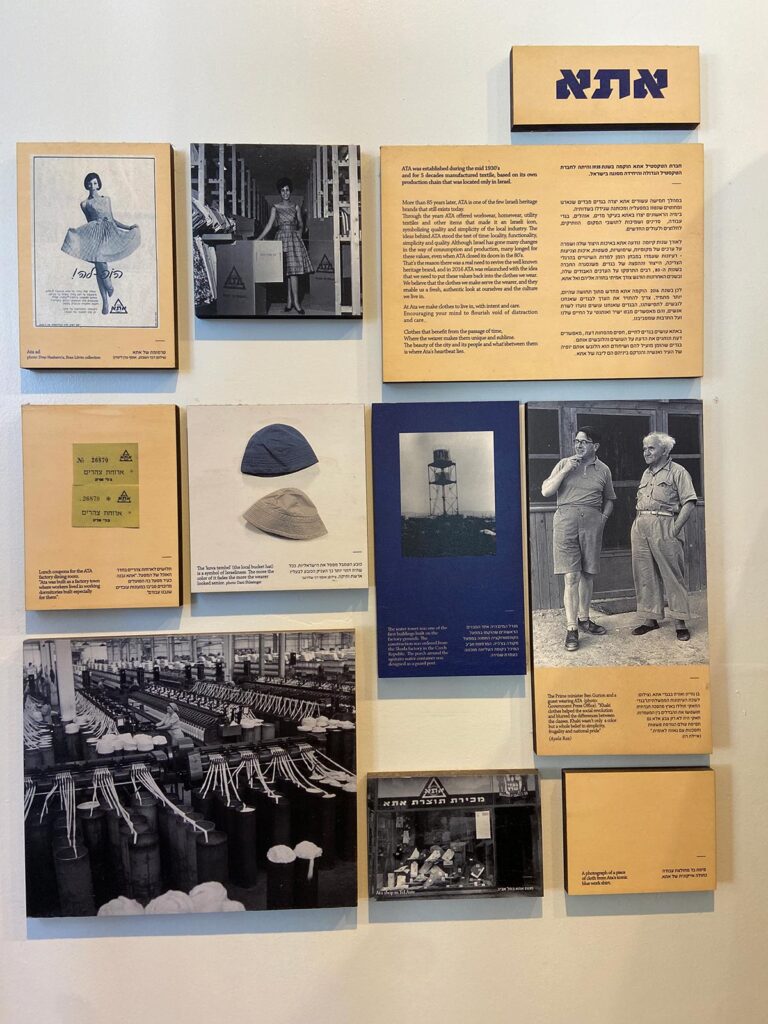
When you walk into the Rothschild Boulevard location in Tel Aviv, you’ll find the iconic bucket hat prominently displayed on a simple wood credenza, reminiscent of the ones worn by hard-working Israelis some 90 years ago. This unassuming hat, displayed with pride, continues to symbolize the resilience and pioneering spirit of the Israeli people.
Originally Published Feb 27, 2024 01:32PM EST
